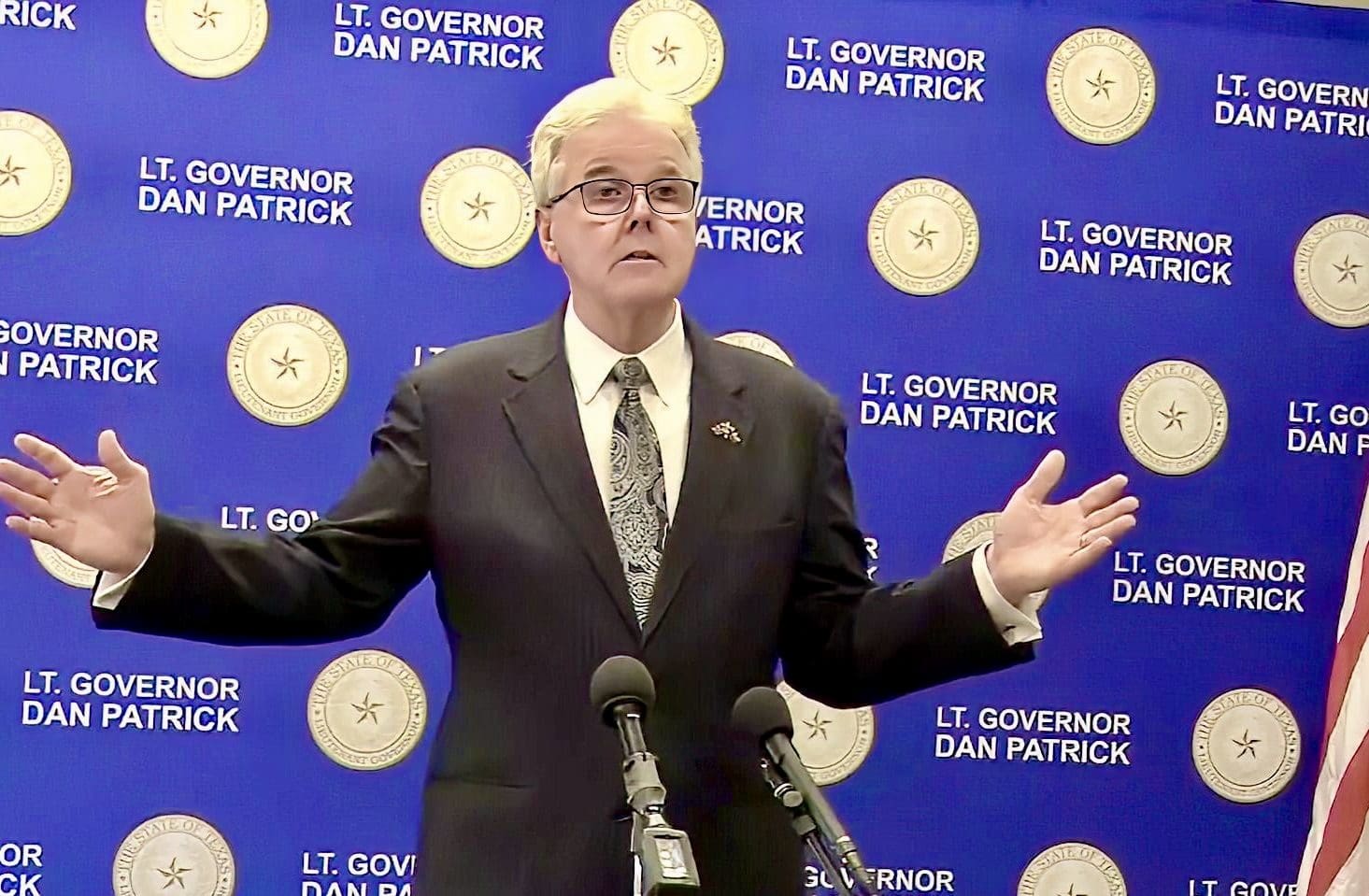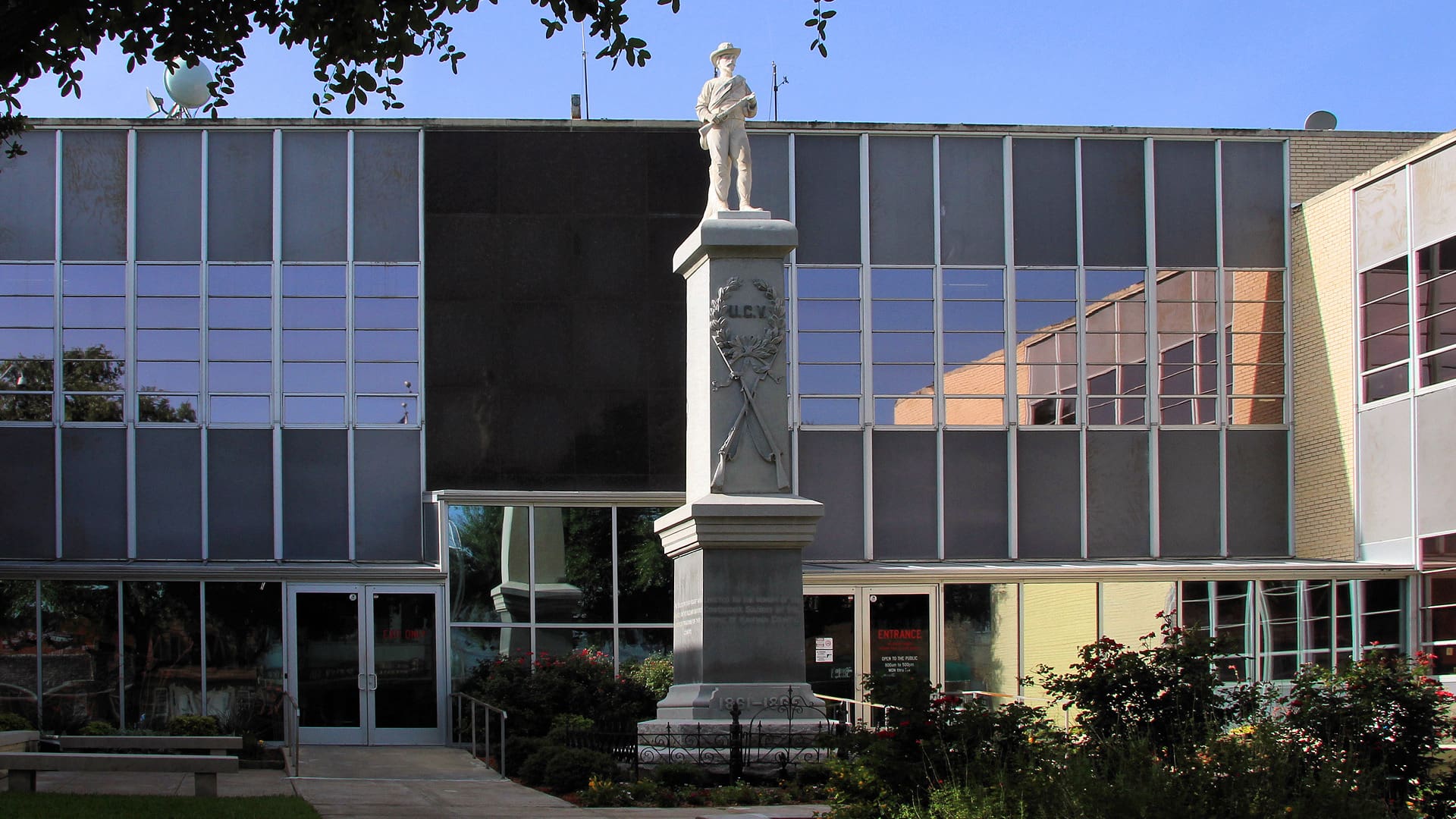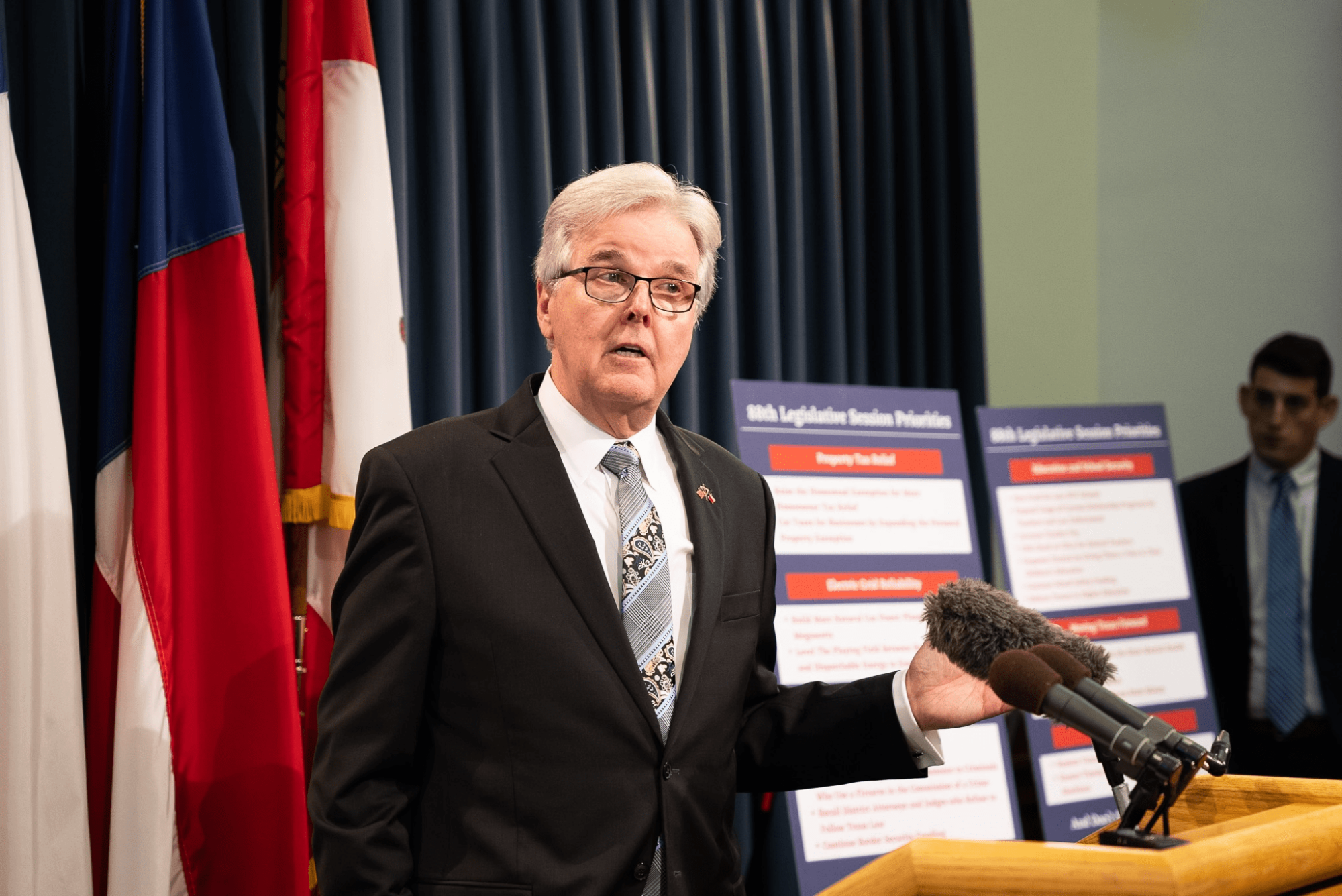Think it’s only big city school districts pushing for tax hikes to cover their negligent spending habits? Think again. Dripping Springs ISD wants to raise taxes to the maximum allowed by law, despite the fact that they spend less than 25 percent of their total expenditures on classroom instruction.
Come November 8th, Dripping Springs ISD residents will be asked to ratify a new property tax rate of $1.17 per $100 of appraised property value, the maximum allowed by state law. The state requires voter approval because the new rate exceeds $1.04.
With no surprise, Dripping Springs ISD lays blame for the need to raise taxes on the state for not adequately funding enrollment growth. In an information flyer they published, the school district claims they have the lowest Funding per Student figures out of comparable neighboring ISD’s, and that 54% of their total budgeted expenditures for 2011-2012 will be going towards instruction.
What they don’t tell you is how they manipulated the Texas Education Agency data to come up with those figures.
Dripping Springs ISD actually spends less than 25% of their total funds on classroom instruction, with per pupil spending reaching almost $17,500. Compared to the other ISD’s, Here’s how the other central Texas school districts they cited compare:
- Wimberley ISD – $22,354 per student
- Dripping Springs ISD – $17,448 per student
- Eanes ISD – $13,598 per student
- Lake Travis ISD – $12,656 per student
- San Marcos ISD – $12,385 per student
- Hays CISD – $11,835 per student
- Austin ISD – $11,598 per student
So where did Dripping Springs get such distorted numbers to claim they spend less per student than all other ISD’s listed above? The answer is simple, and it has to do with manipulated data from the Texas Education Agency.
Instead of using total district expenditures, school districts like Dripping Springs base their per-pupil spending numbers solely off their total Operating expenditures (like administrative and teacher salaries, utility usage, etc…). This completely ignores an entire sector of spending, like repaying debt on bonds issued by the school district.
Dripping Springs’ total expenditures by the last TEA Snapshot available was $75,218,200/year. Total Instructional expenditures was $18,346,049. Thus, only 24.39% was spent on instruction. It’s only by ignoring non-operating expenses ($41,333,262) that they can claim a 54% instructional spending rate.
So how does a school district like Dripping Springs end up with such pathetic instructional spending rates? The fact that the district has it’s own performing arts center should shed some light on it.
At a Dripping Springs 9-12 meeting on September 22nd, DSISD school board president Tim Kurpiewski spoke about the district’s new High School Auditorium and how the district could justify such spending. His explanation?
“We just…you know… we just felt like we would go ahead and put that in…”
Such an irresponsible mind-set is probably how the school district set such high administrative salaries. According to the last TEA Snapshot, Dripping Springs ISD average central administrative salaries exceed that of Austin ISD, at $95,612. Their average school administrative salaries compared to their neighboring districts are even worse. DSISD’s average salary at $72,213 is greater than Austin ISD at $66,342, Wimberley ISD at $68,400 and Hays CISD at $69,074.
But the most egregious administrative spending as of late has to be at the very top of the school district. Superintendent Dr. Mard Herrick, with two years left in his contract, will be retiring at the end of the year. According to his Voluntary Separation Agreement obtained through an open records request, he’s scheduled to walk away with over $150,000 (a full year’s salary).
In other words, Dr. Merrick is being paid three or four annual teachers’ salaries for voluntarily retiring from his position. The cost Dripping Springs ISD will pay for a search committee to replace him? $6,800!.
(You can watch Mr. Kurpiewski try to justify the board’s decision here).
Clearly, Dripping Springs ISD is nowhere near the dire straights that the Texas Tribune would like you to think they are. Just because they are a small district doesn’t mean they aren’t plagued by the same irresponsible spending habits as our state’s larger districts. Approving a tax hike in the midst of such poor instructional spending will do nothing but perpetuate the problem.




